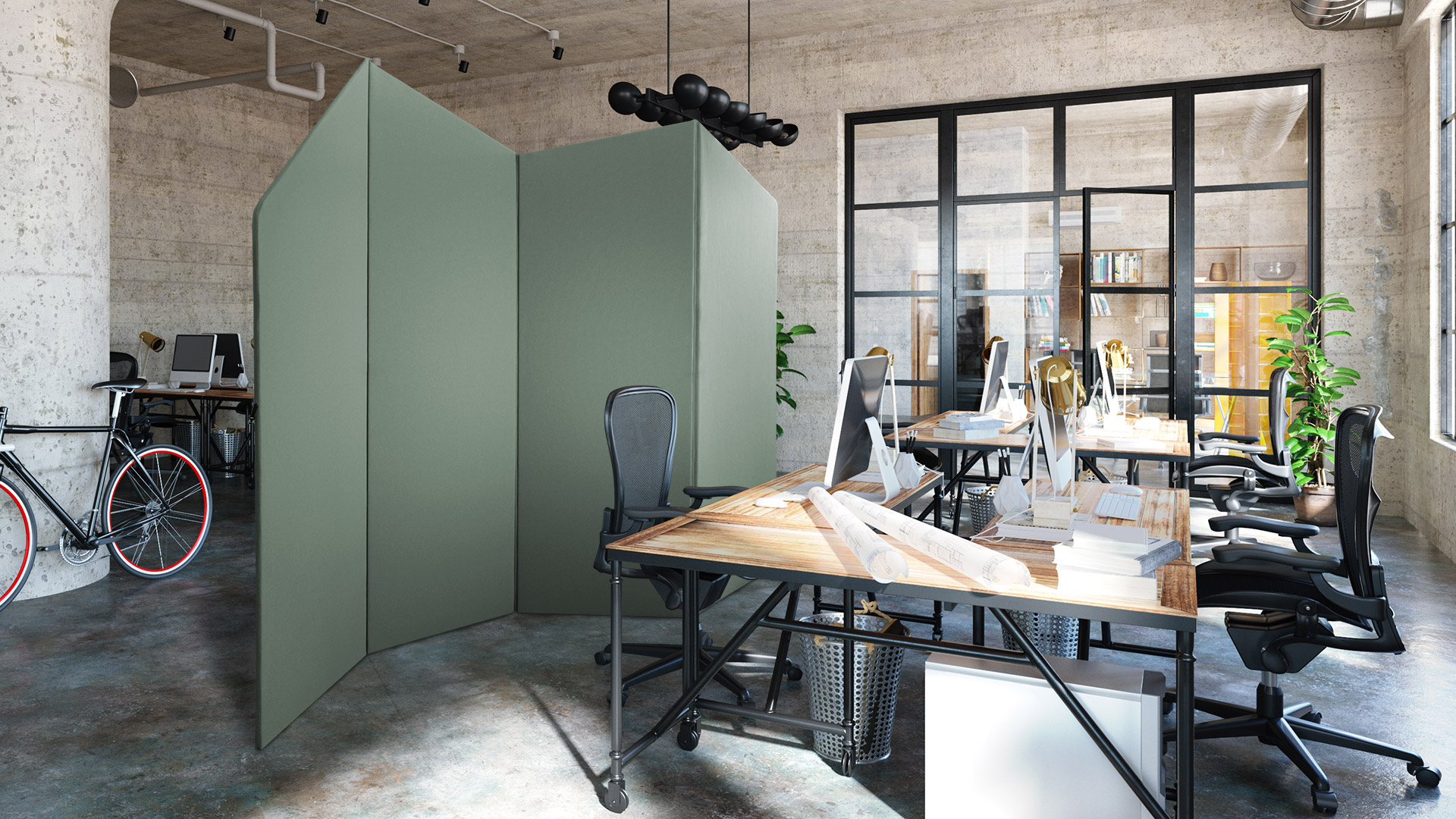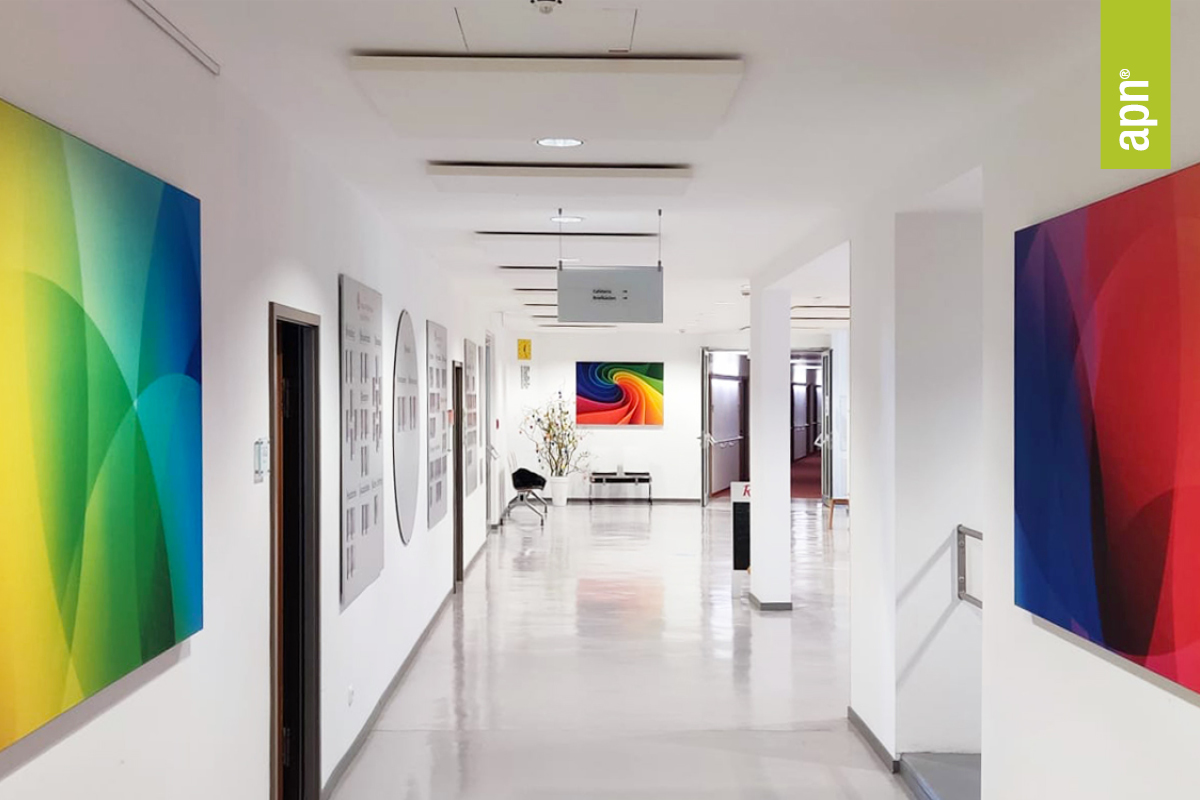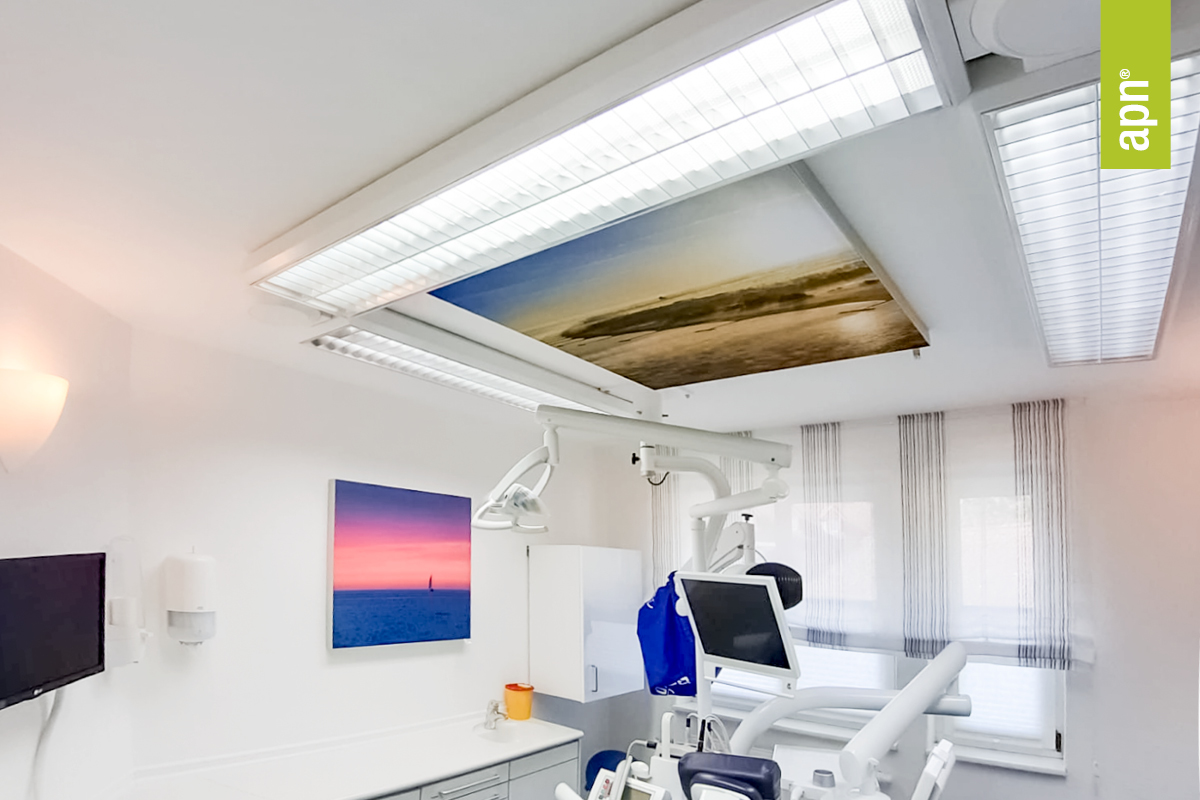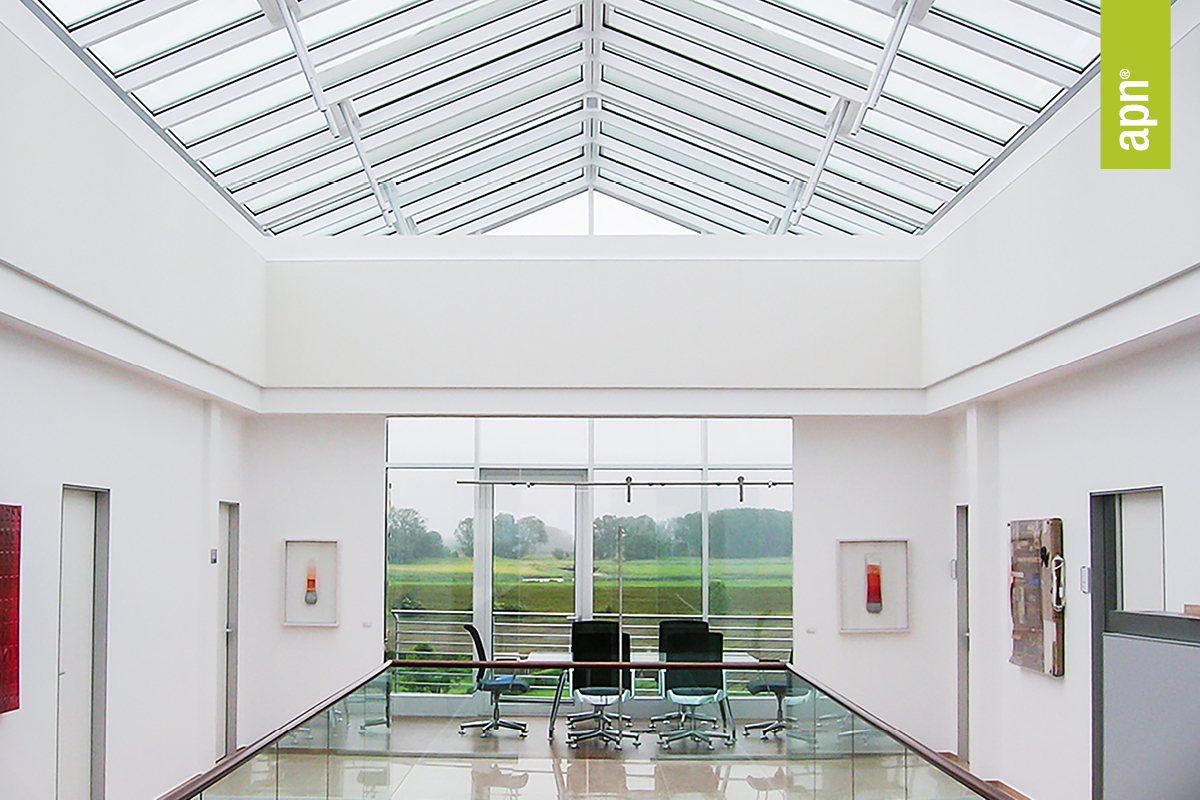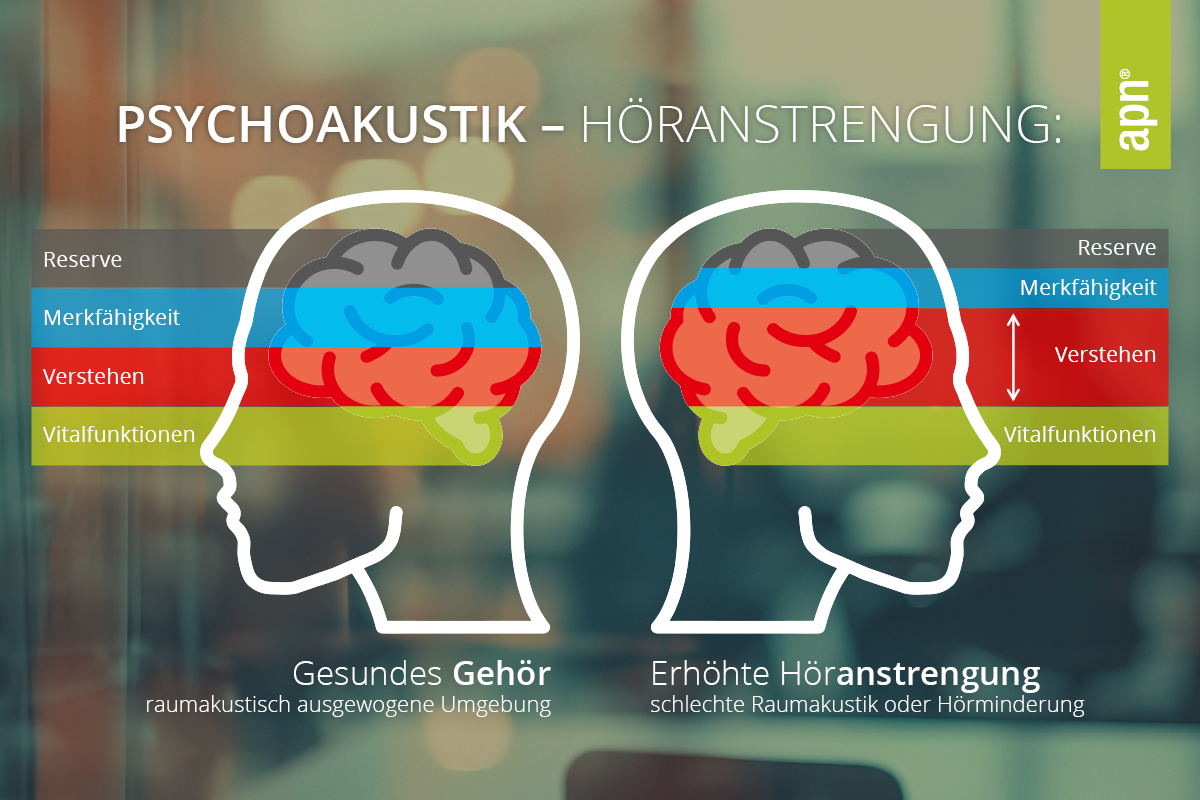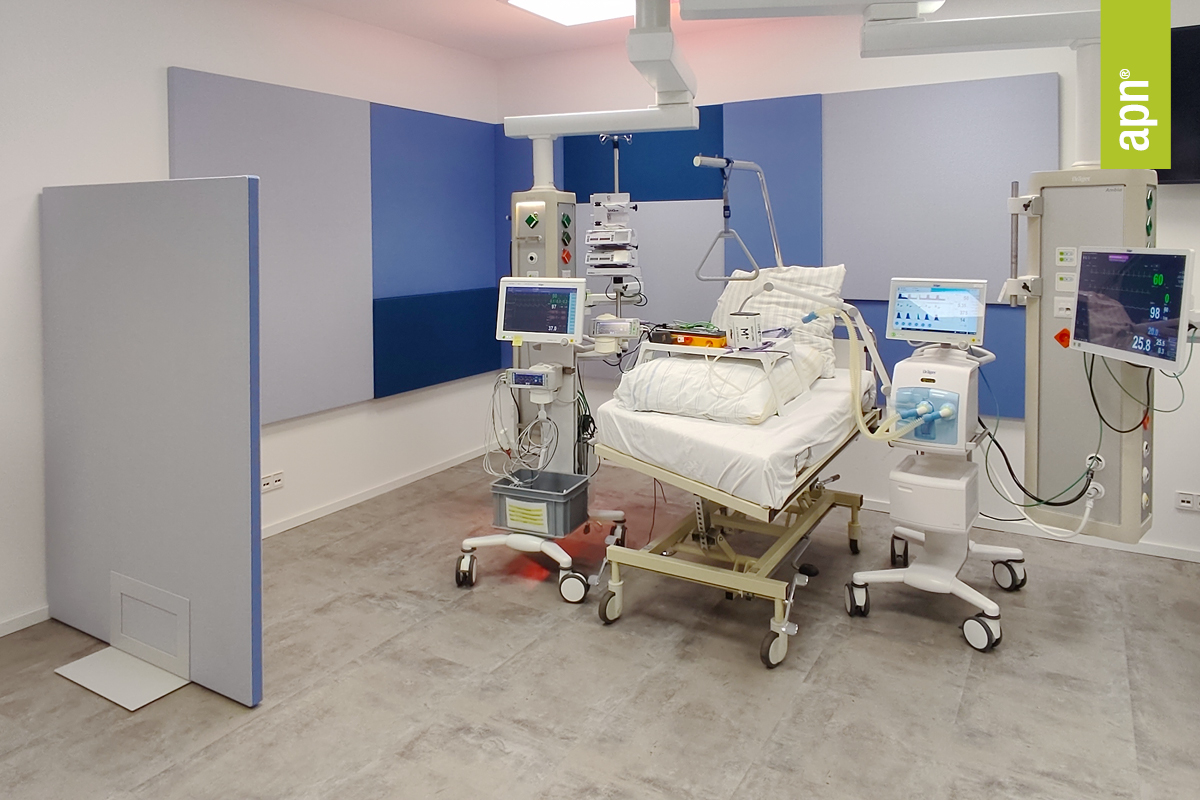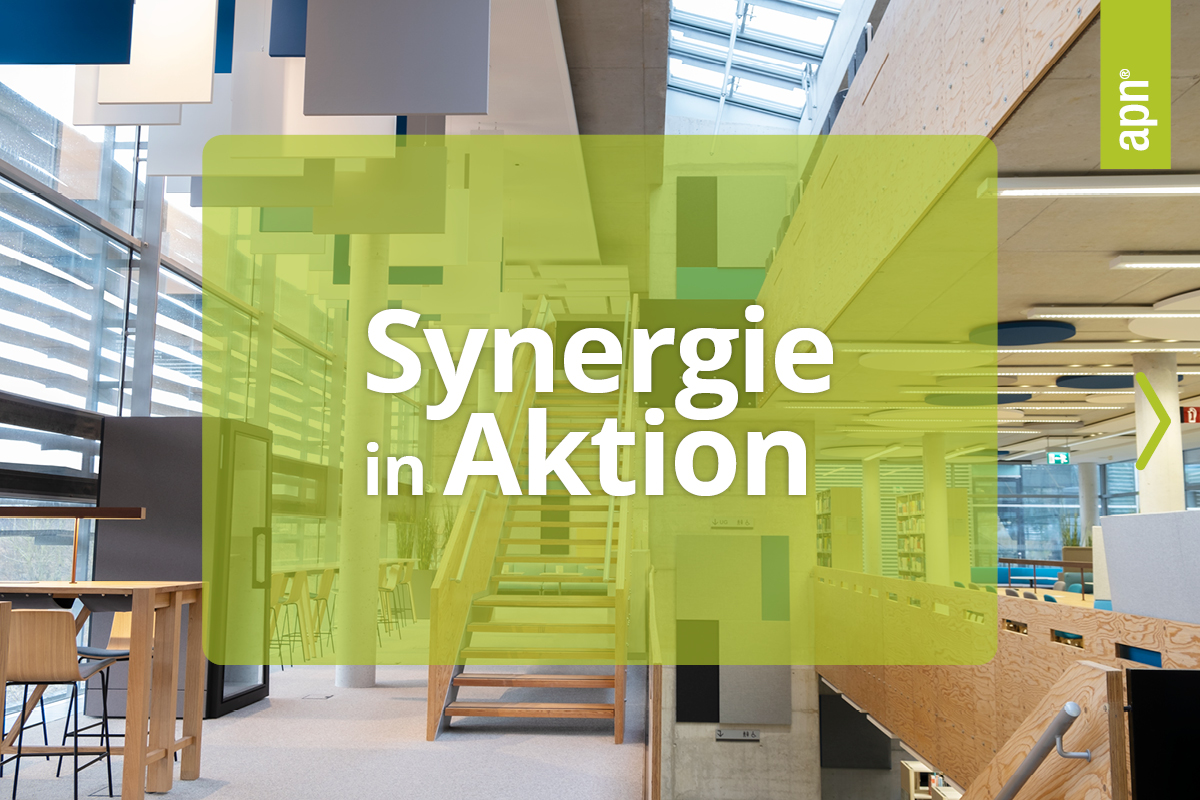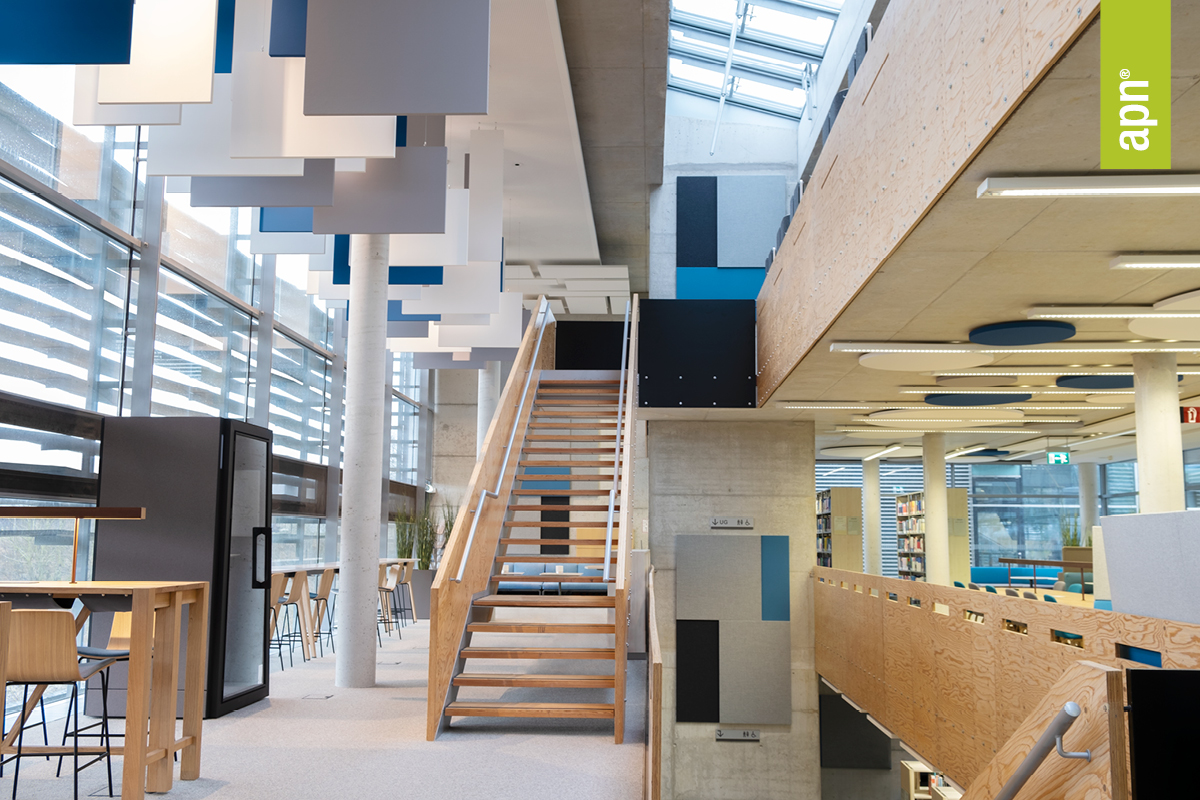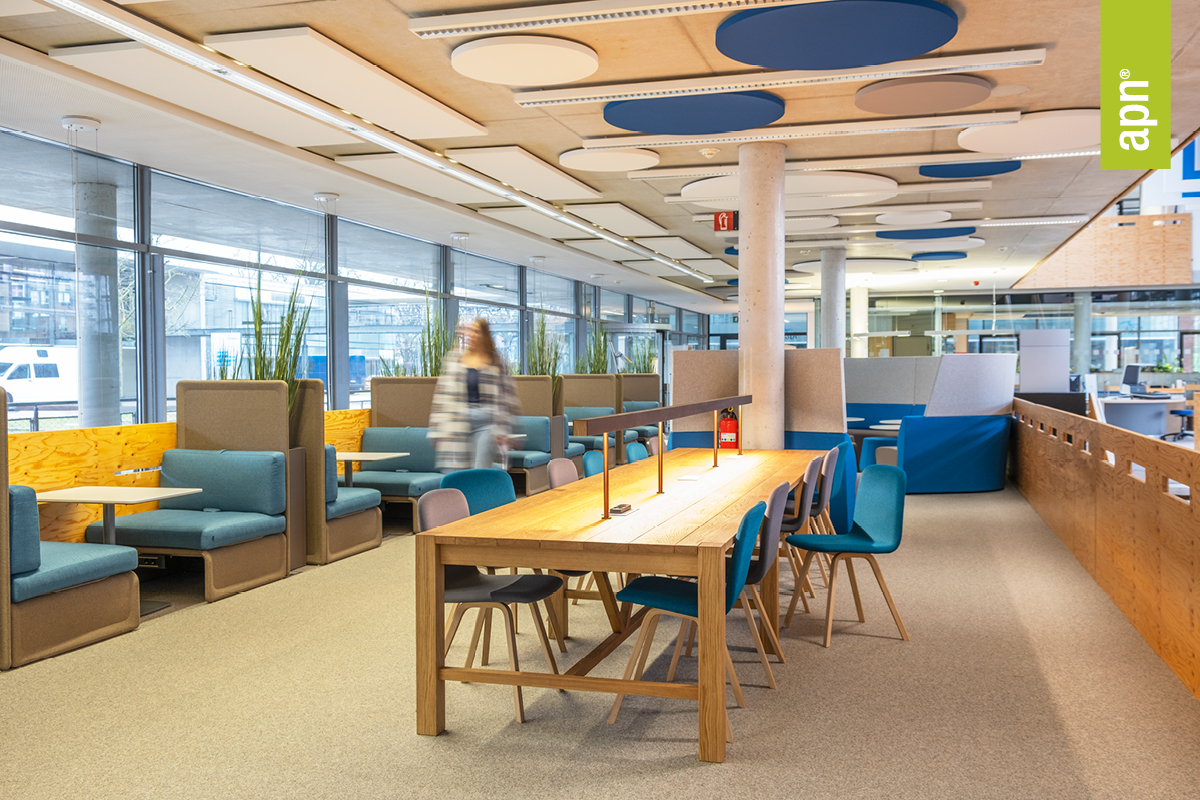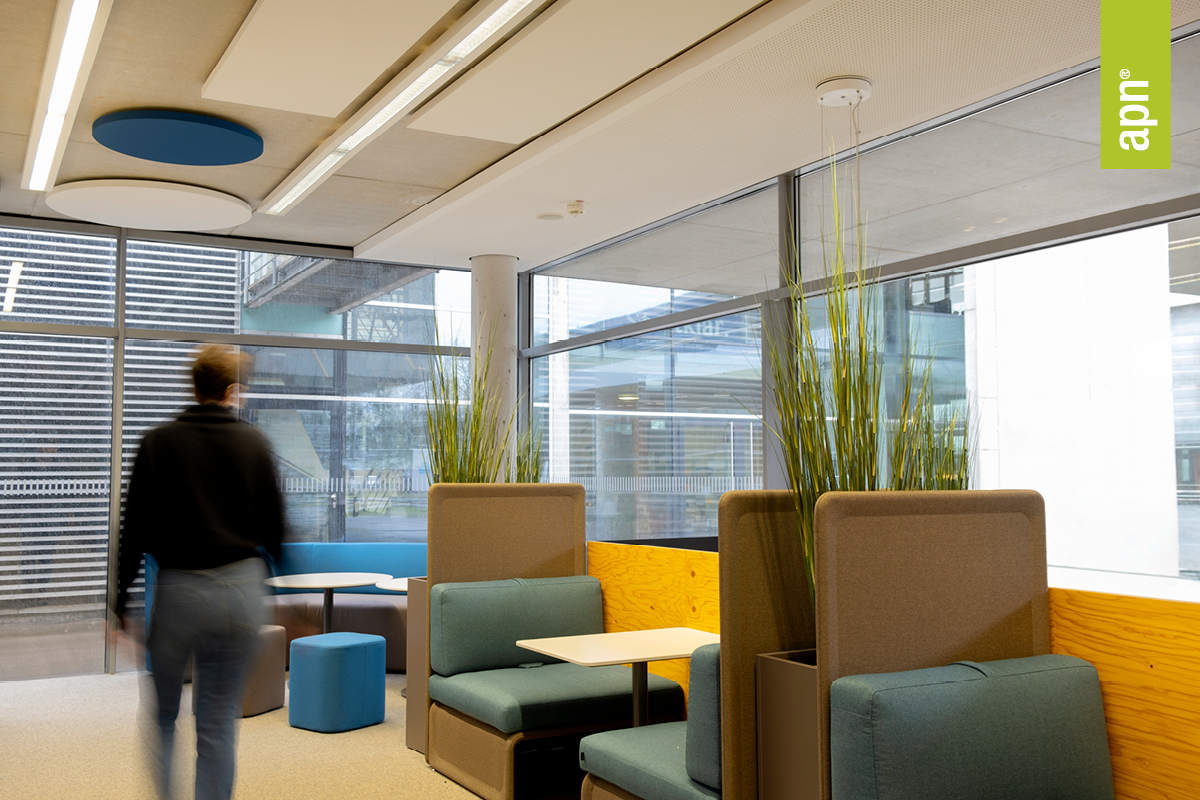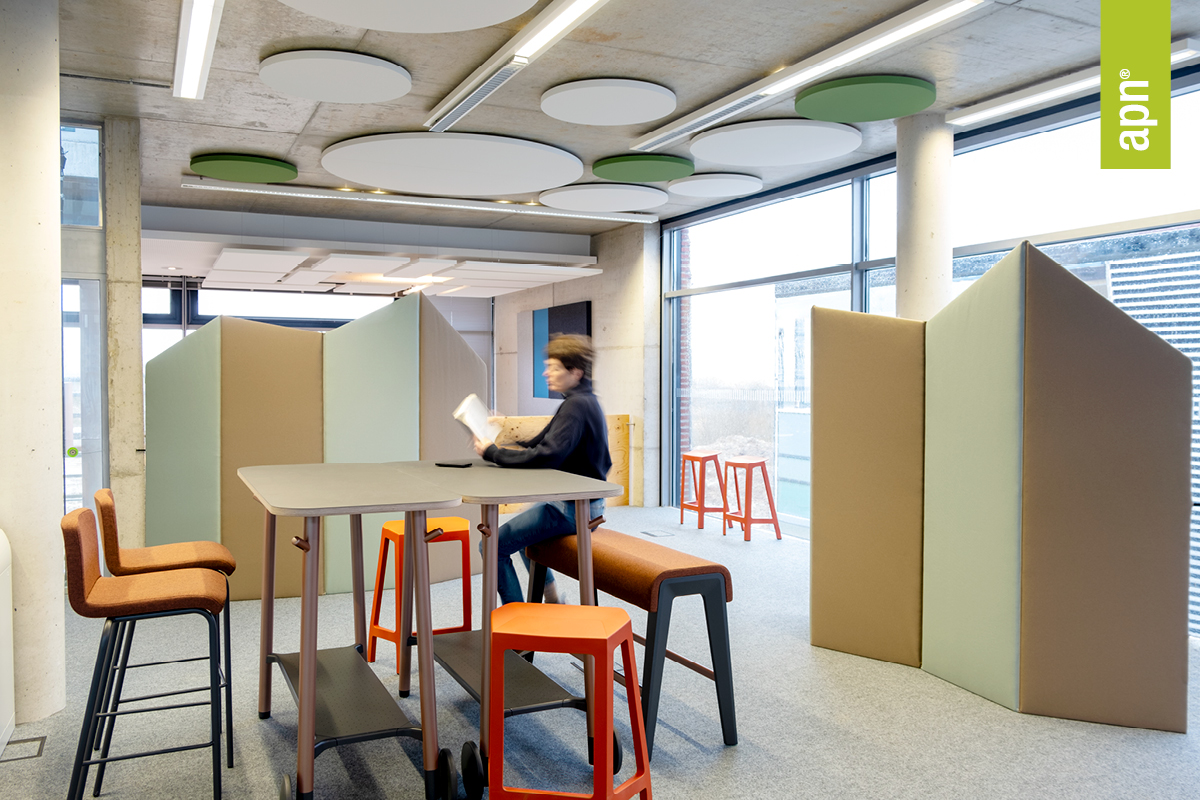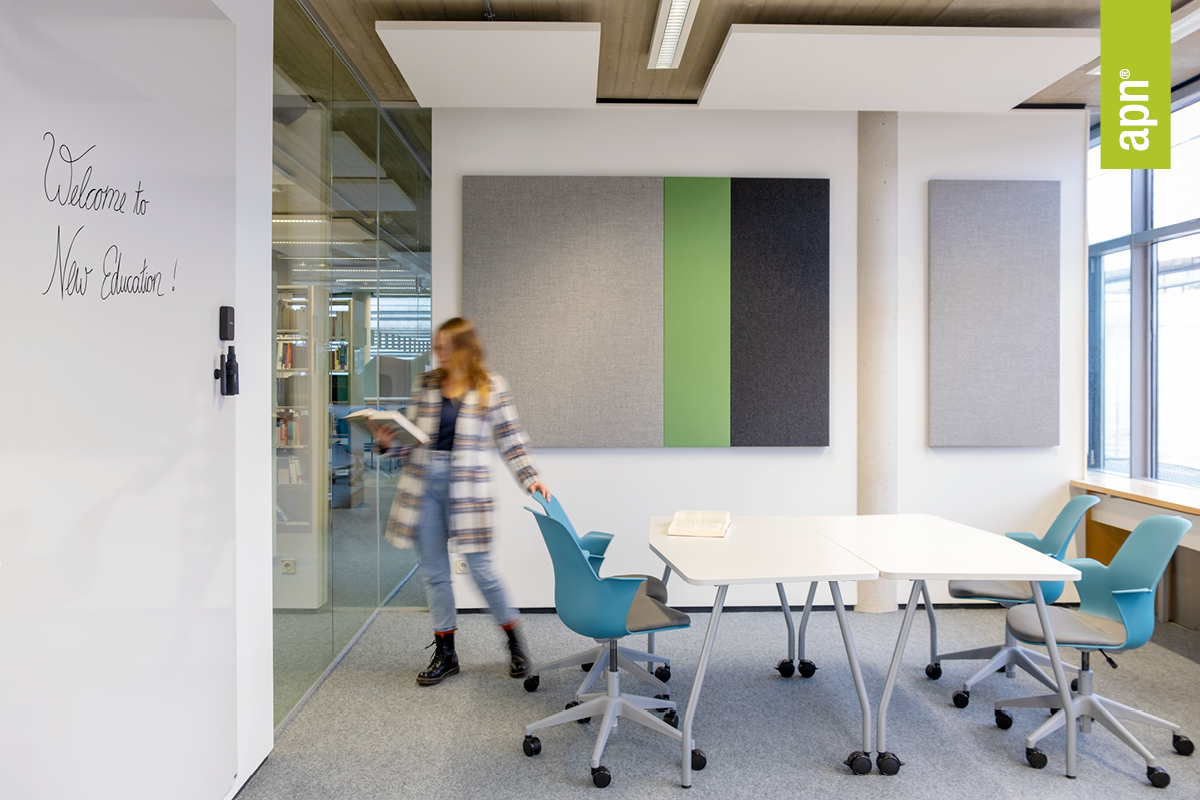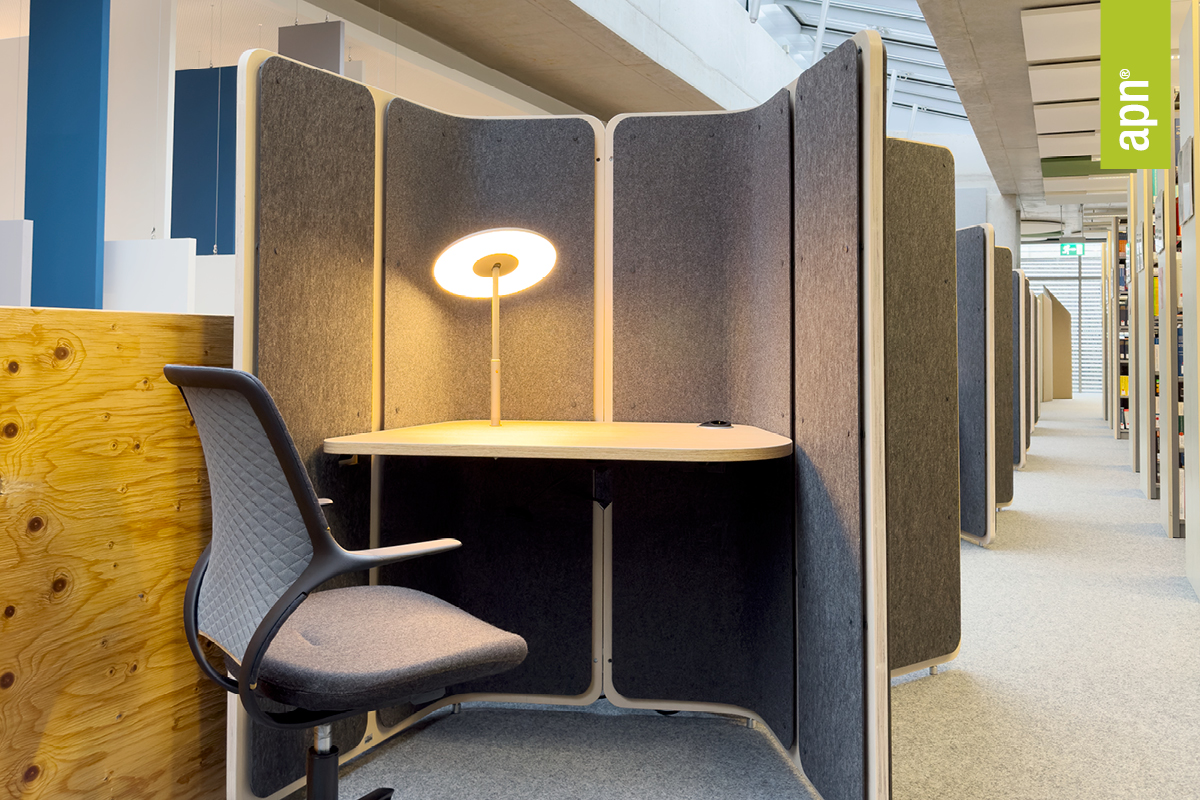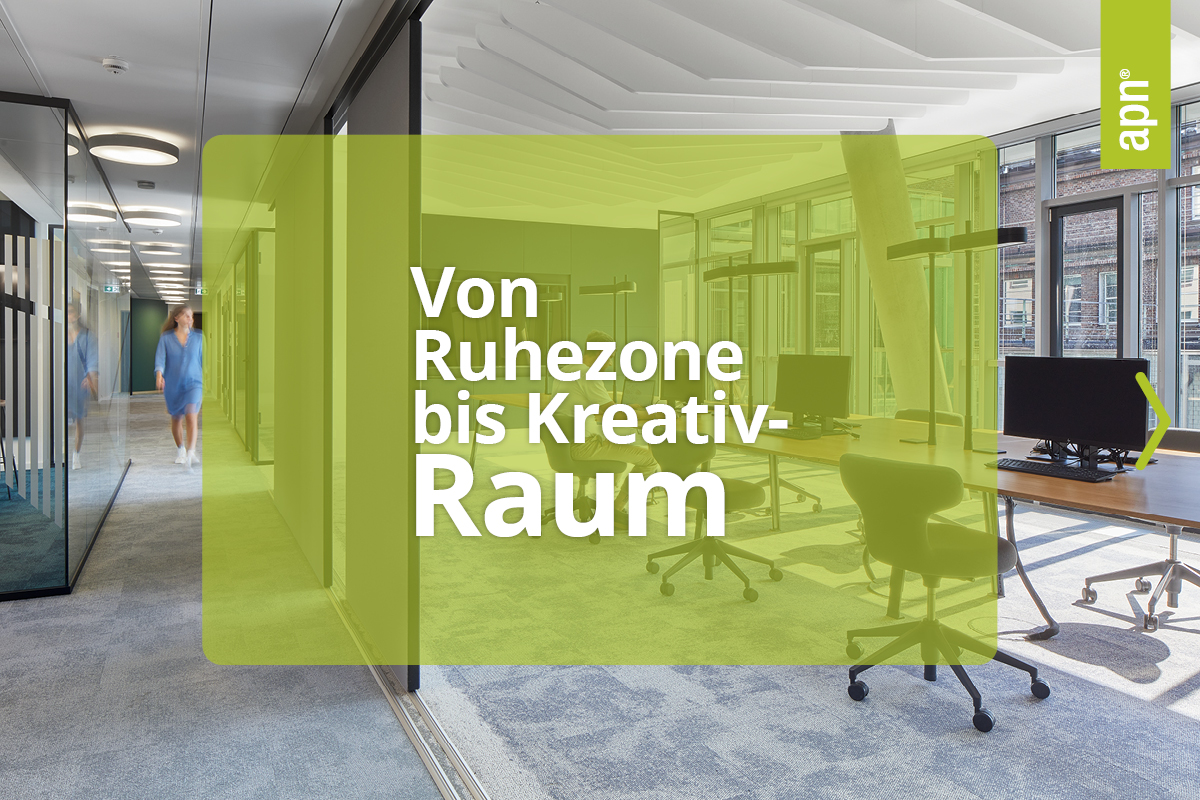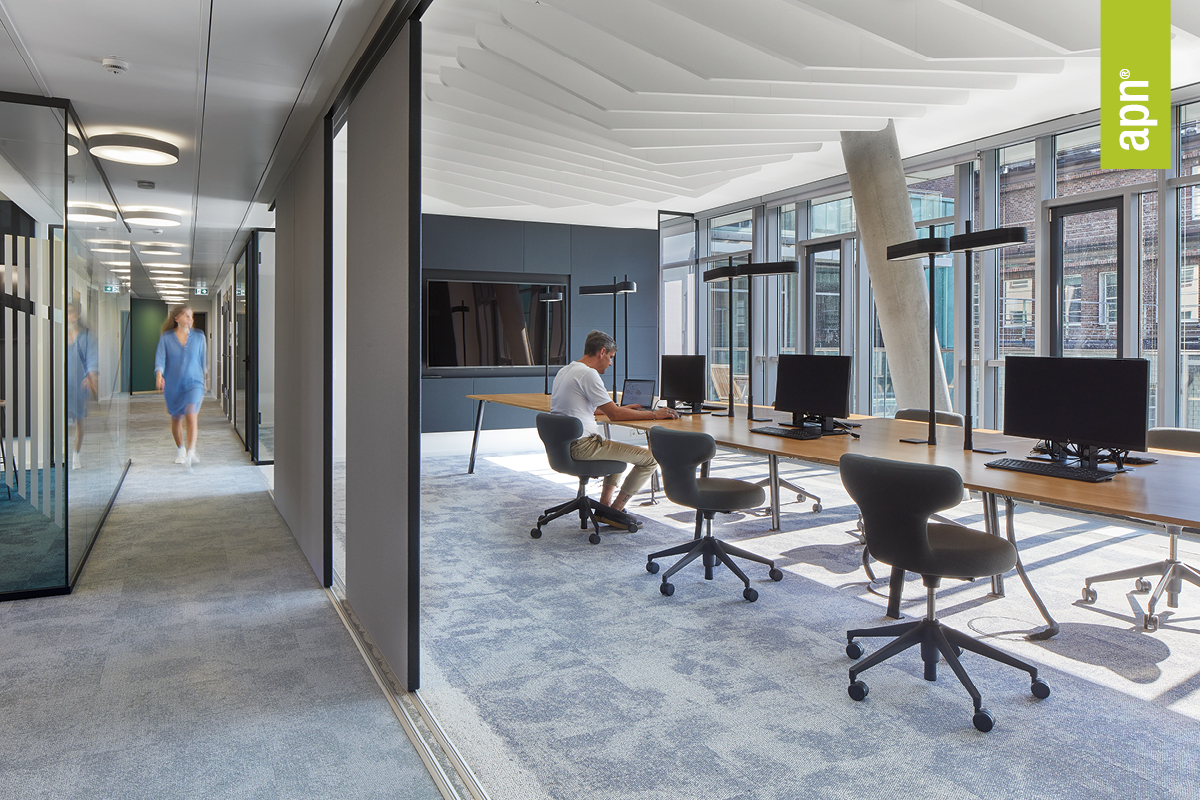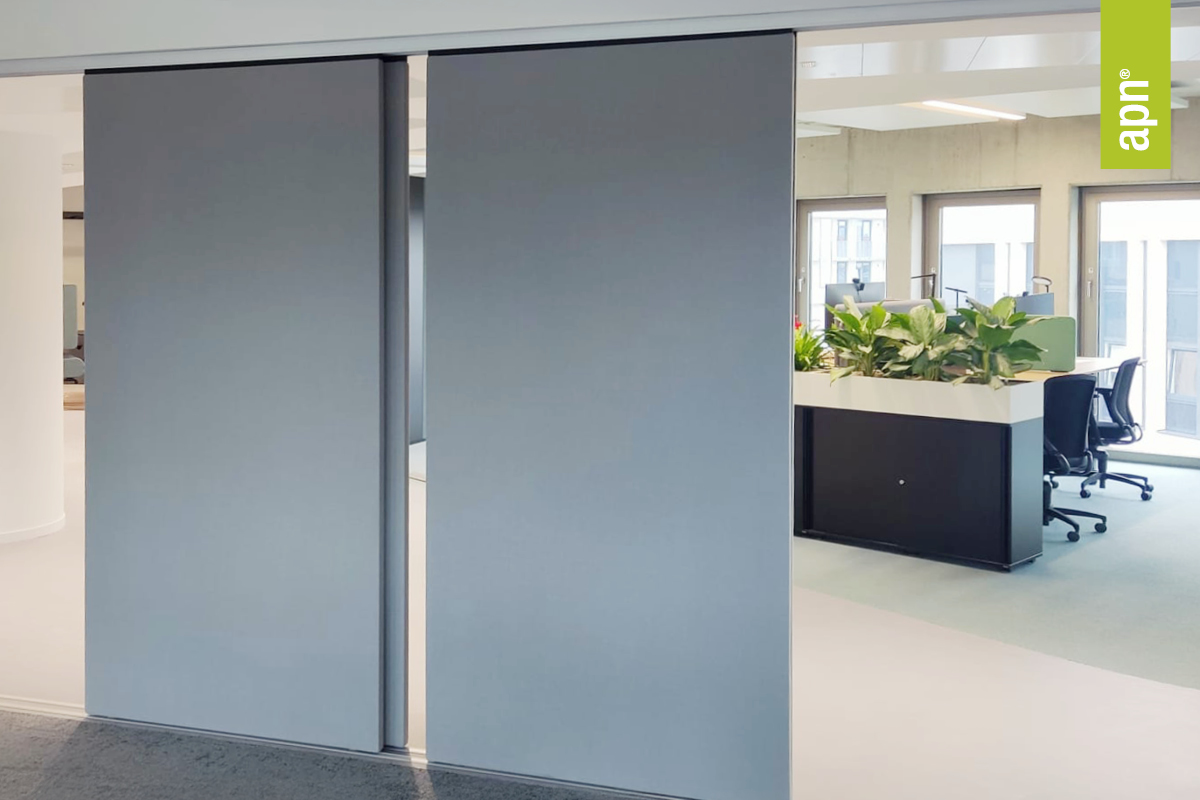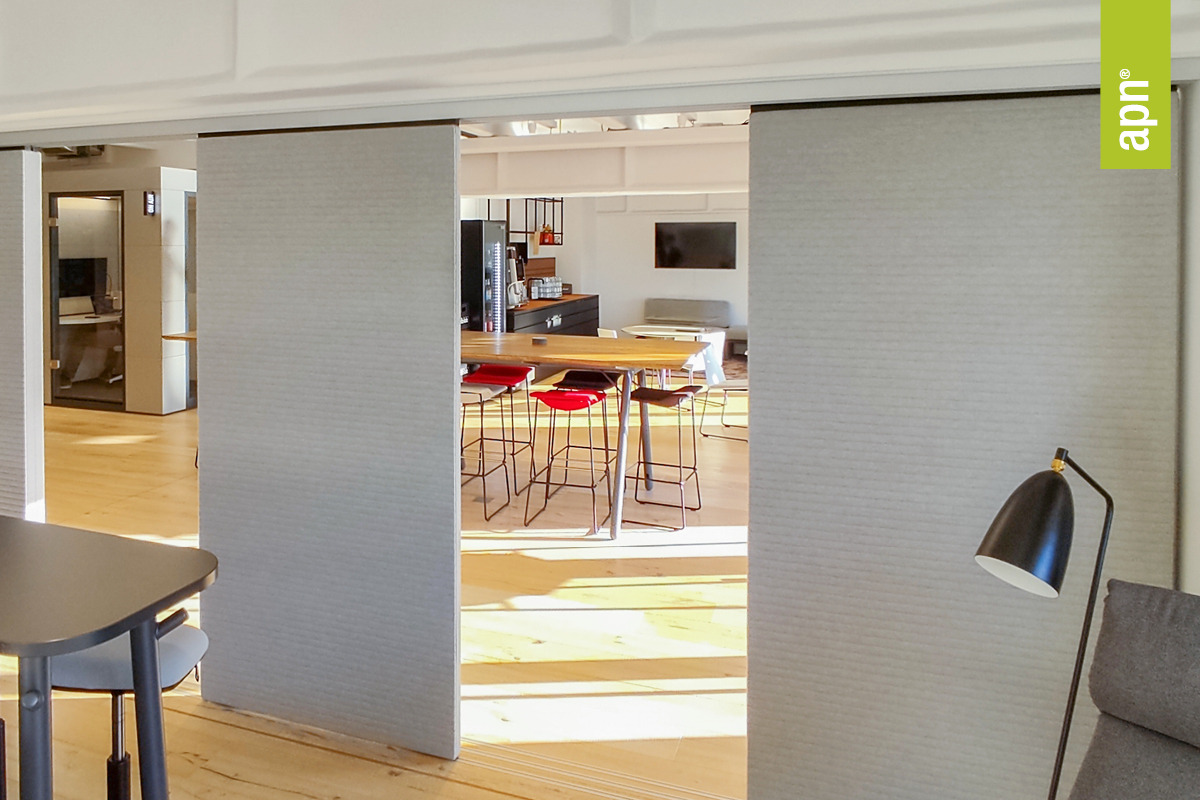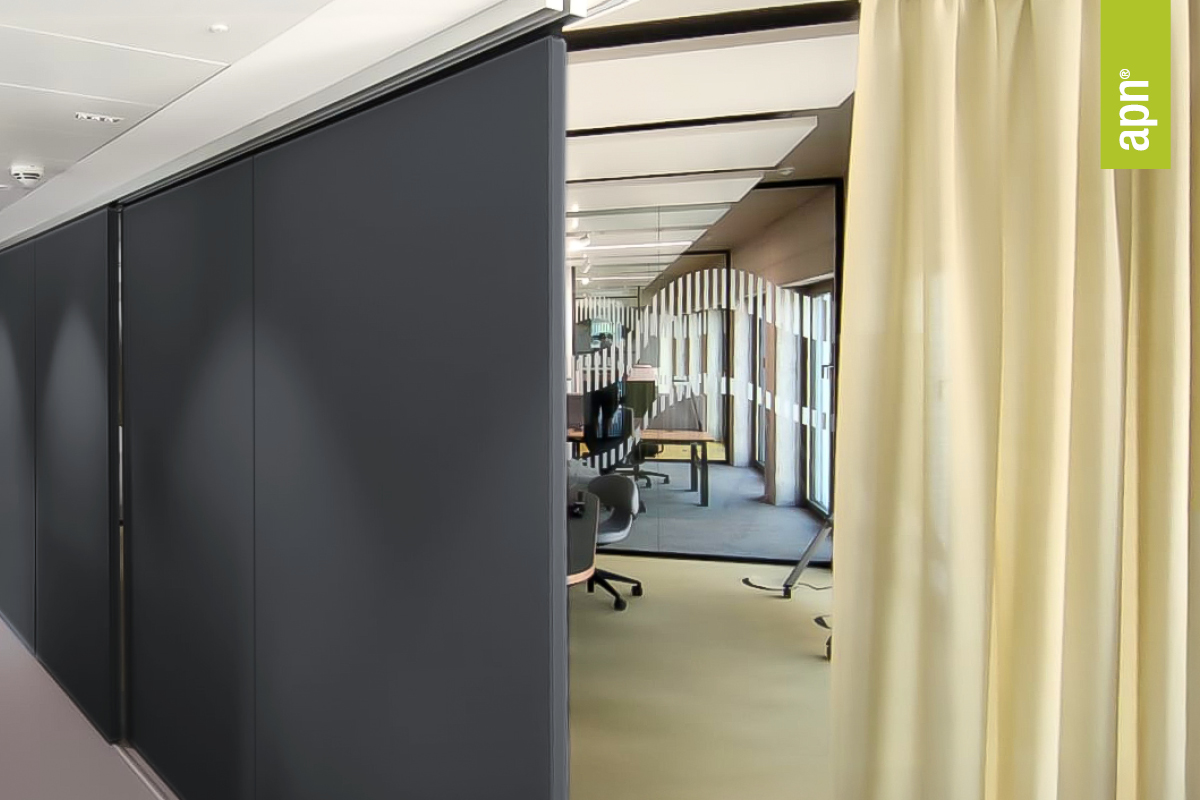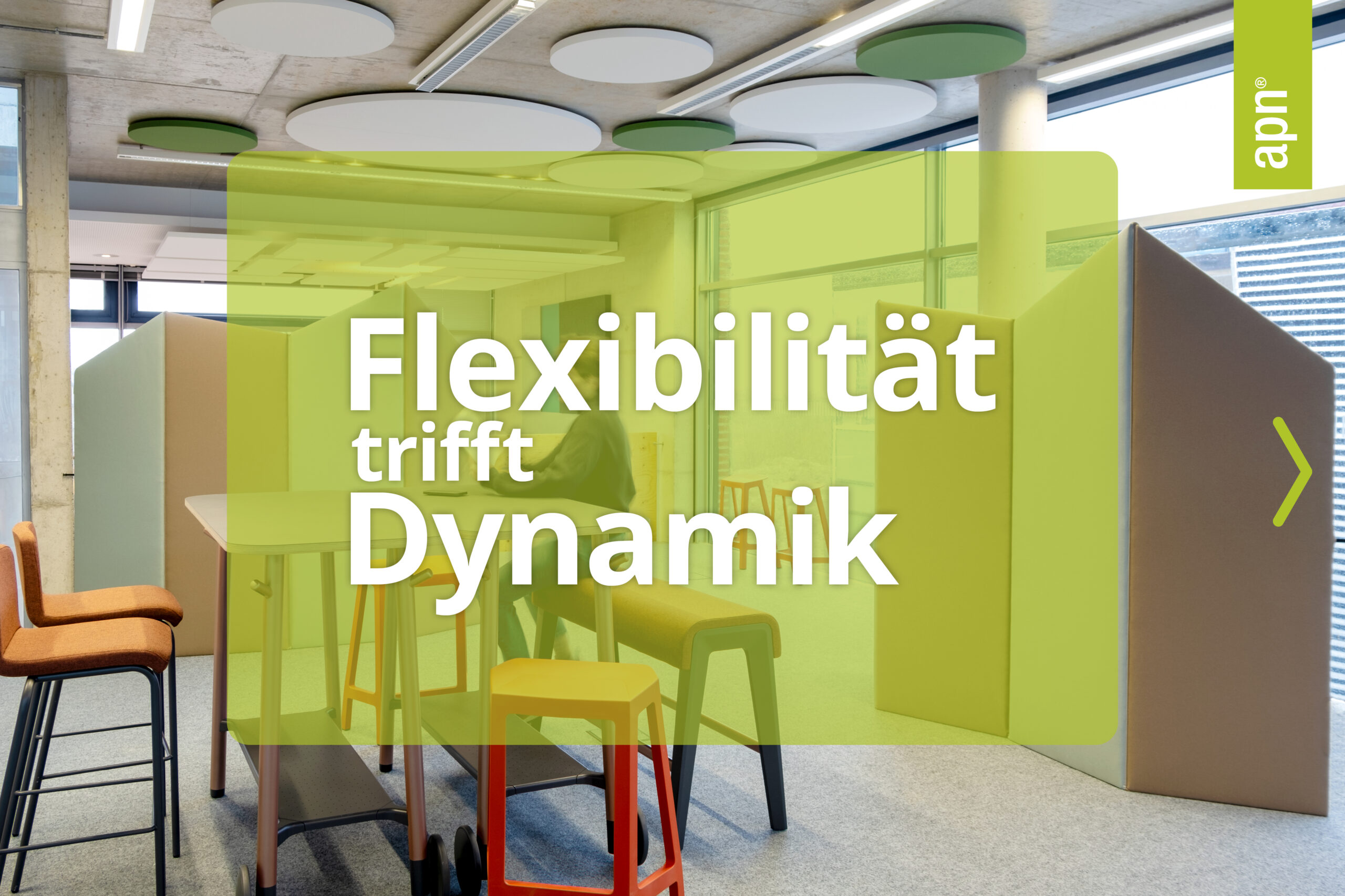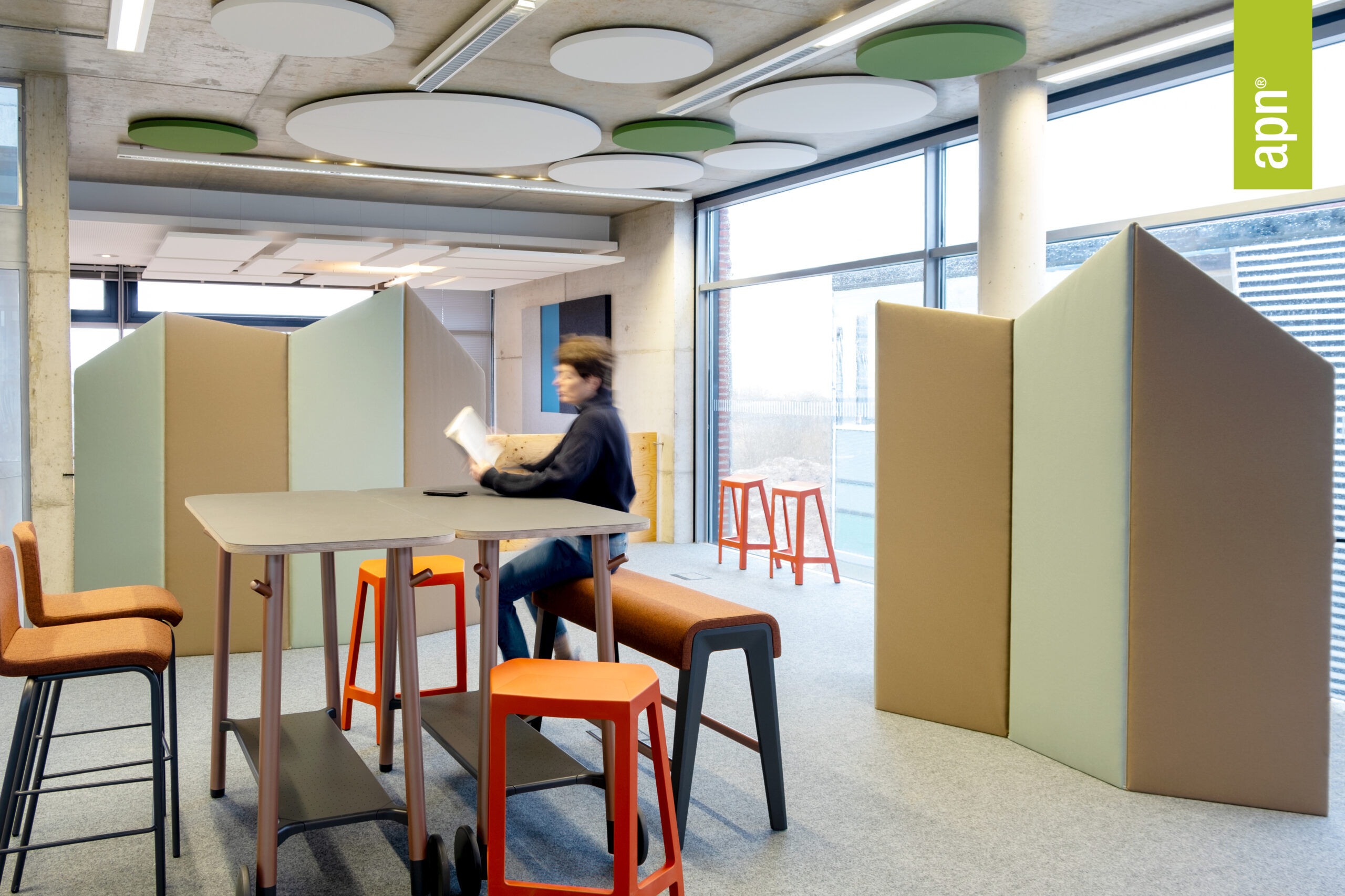Acoustic engineers – invisible heroes
The world of room acoustics is fascinating and complex. Many interrelated factors influence the acoustics of a room. A balanced acoustic environment not only increases well-being, it also contributes to the health of patients and staff. More and more companies are recognizing this importance and integrating room acoustics measures into their concepts. But beware: many self-proclaimed “experts” are trying to exploit this trend with inferior products and half-knowledge – at the expense of companies.
At apn® we focus on innovative room acoustics solutions and bring decades of experience to the development of our products. Our close collaboration with acoustic engineers is the key to offering our customers the best solutions. This is the only way we can guarantee long-lasting quality and create that tangible “aha” moment. The work of our acoustic engineers is crucial to our success.
But why are acoustic engineers so important for our work?
Acoustic engineers bring with them a broad spectrum of knowledge and experience that is essential for the development and implementation of our products. By working together with various acoustic engineers, we benefit from a wide range of solutions and innovative ideas. In this way, we ensure that our products are always state-of-the-art and meet the highest quality standards. And this is the only way we can react flexibly to the constantly changing requirements of the market.
There is currently a major movement in the healthcare sector. The need for room acoustics solutions is constantly increasing due to the mechanization of building equipment. An optimal acoustic environment not only contributes to the comfort of patients, but also improves the efficiency of medical staff.
At apn® we believe in the power of collaboration and innovation. Our acoustic solutions are designed to improve wellbeing and efficiency in work and healthcare environments. Let’ s shape the future together and create spaces that are both functional and inspiring.
Heal in peace – without stress
Imagine you have injured yourself and have to go to hospital. You are sitting in the emergency room waiting area. All around you there is a constant beeping of equipment, the murmur of other patients, the hectic bustle of staff, the rattling of trolleys, beds, wheelchairs and walking aids. With your nervous system already on edge, you feel overwhelmed and stress sets in. Sounds familiar?
When we are in an unfamiliar environment, we are particularly sensitive to acoustic disturbances. We are more susceptible to stress and our ability to absorb sound is impaired. An optimal acoustic environment is therefore particularly important. It not only contributes to the comfort of patients, but also improves the efficiency of medical staff.
Hospitals, clinics, surgeries and retirement homes therefore require special soundproofing and acoustic solutions that also comply with hygiene standards. But why are room acoustics particularly important here?
Noise pollution in the healthcare sector is increasing worldwide. This is partly due to technical building equipment and partly due to increasingly complex medical devices. A pleasant acoustic environment can help to reduce patients’ stress and anxiety. Less noise means less restlessness and a calmer atmosphere, which contributes to recovery.
To facilitate clear and understandable communication, it is essential to ensure good room acoustics. Good communication improves the quality of care and supports patient safety. It is also important for medical staff to be able to concentrate on their tasks. A balanced acoustic environment minimizes distractions and stress and supports efficient working methods.
At apn®, we offer customized acoustic solutions that are specifically tailored to the needs of the healthcare sector. You tell us your problem and we supply and install the right products to create a pleasant and functional environment. Feel free to contact us!
Poor acoustics – invisible danger
Mental health starts with a calm environment
Who hasn’t experienced it: at night we struggle through insomnia and during the day we feel stressed because our nervous system is overstimulated. A calm environment is therefore crucial for our mental health and well-being.
At apn® we know how important good room acoustics are for well-being and health. Poor acoustics can not only be disturbing, but can also have serious health consequences. The science of psychoacoustics shows how sounds and noise affect our mental and physical health.
The science of sound perception
Psychoacoustics, a branch of psychophysics, deals with the perception of sound by the human ear. It investigates how physical sound events such as volume, frequency and duration are converted into subjective auditory impressions such as loudness, sharpness and pitch. In addition, science investigates the effects of these acoustic sensations on our well-being.
Hearing is a sense that we cannot turn off. In evolutionary terms, our hearing serves to protect us from potential dangers. We are therefore forced to listen constantly. However, if our brain is constantly processing the sounds of our environment and evaluating them for potential dangers, this listening effort leads to an impairment of our cognitive performance. This can not only lead to impaired health but, in the worst case, to a complete loss of working capacity.
Effects of poor acoustics on health
Poor acoustics – whether at home or at work – can have a significant negative impact on health. Numerous studies have shown that constant noise and background noise can cause both physical and psychological symptoms. Sleep disorders are just the beginning: increased blood pressure, cardiovascular problems, hearing damage, concentration problems, reduced performance and stress are further consequences. If the latter is not managed properly, it can settle in the body and lead to postural problems or various forms of pain in everyday life.
Inadequate room acoustics measures are a major disruptive factor for knowledge work, impairing the well-being and productivity of employees. Employee satisfaction and health play a central role in the success of the workplace strategy. As early as 1998, the study by Banbury and Berry (1) showed that noise in the workplace can lead to productivity losses of up to 20%. This finding underlines the potential for significant financial losses in companies due to inadequate room acoustics.
Our solutions at apn®
At apn®, we rely on innovative acoustic solutions to minimize these negative effects. Our products are designed to create a pleasant soundscape and optimize room acoustics. Through close collaboration between acoustic engineering, architecture and design, we create harmonious and productive environments that meet the needs of users.
The importance of psychoacoustics and the impact of poor acoustics on health should not be underestimated. Good room acoustics are crucial for well-being and health. At apn® we are constantly working to develop innovative solutions that promote a healthy and pleasant environment.
(1) “Disruption of office-related tasks by speech and office noise” by Banbury, S., & Berry, D. C. (1998) in the British Journal of Psychology: https://bpspsychub.onlinelibrary.wiley.com/doi/10.1111/j.2044-8295.1998.tb02699.x
Creative minds design inspiring learning environments
Synergy in action. Successful projects are created through the power of cooperation and collaboration. At apn®, we work closely with network partners from the fields of acoustic engineering, architecture, digitalization, change management, craftsmanship and office equipment to develop innovative solutions. The interaction of these diverse skills is the key to our success.
An outstanding example of this cooperation is our project with stücker! Büroeinrichtungen and Steelcase. Stücker! Büroeinrichtungen has years of experience in designing workspaces and a deep understanding of the needs of modern office environments. Steelcase, a leading furniture manufacturer, stands for high-quality and functional designs that facilitate and inspire everyday working life.
Together, we have transformed a university library into pioneering and inspiring learning environments. By combining our expertise in acoustics, design and space planning, we have created an environment that promotes learning and knowledge transfer. The acoustic elements provide a pleasant background noise, while the flexible room dividers and furniture enable different working areas. The result is harmonious and productive learning environments that meet the needs of the users.
This synergy shows how important it is to combine different trades in order to develop innovative and customized solutions. We are proud of the result and look forward to future projects in which we can set new standards together.
Let’s shape the working and learning worlds of tomorrow together! Contact us and our partners to find out more about our projects and opportunities for collaboration. Together we can achieve great things.
apn Area Flex Luv – from quiet zone to creative space
Never before has the world of work changed as rapidly as it is today. To meet the requirements of New Work and New Office, flexible and innovative solutions are needed – like our apn® Area Flex Luv.
Imagine entering an office that adapts to your needs. A space that moves with you, reflecting your ideas and thoughts in real time. Our mobile acoustic wall apn® Area Flex Luv pushes the boundaries of the traditional office and ushers in a new era for your working environment.
Transform your workspace into dynamic zones with our acoustic wall. The elements open and close with a gentle flick of the wrist. The room adapts to your needs – whether you are looking for peace and quiet for concentrated work or you need an open area for creative brainstorming sessions.
Our apn® Area Flex Luv combines design and functionality in perfect harmony. Its elegant, clear design is not only visually and haptically pleasing, but also an acoustic masterpiece. This creates an atmosphere that increases both the productivity and well-being of employees.
The mobile acoustic wall glides almost silently on several guide rails. The infinitely variable movement of the elements enables flexible room partitioning that can be adapted to changing requirements at any time.
Every space and every company is unique, and our apn® Area Flex Luv adapts to this uniqueness. Individually adaptable to the size of the room, it offers a tailor-made solution for all office environments.
Curious? Feel free to contact us.
Flexibility meets dynamism
With an average useful life of three years for office space, continuous restructuring and innovative design approaches are necessary. To meet the challenges of modern working environments, it is important to bring this flexibility and adaptability to the space. This requires modular furniture and room dividers that can be easily rearranged and offer versatile usage options.
Our solution? The apn® Gig XL is an innovative acoustic screen that adapts perfectly to the requirements of modern office environments. This clever 2-in-1 solution serves both as a high-performance acoustic absorber and as a flexible room divider that creates new working areas in no time at all.
Versatility is its strength. Thanks to the practical folding system, the apn® Gig XL is easy to set up, dismantle and stow away – ideal for agile work surfaces that need to be rearranged frequently. Thanks to the clever click system, several elements can be combined with each other to separate larger areas or create individual room concepts.
Our acoustic screen is the secret weapon for maximum adaptability in any office situation. Whether as a temporary partition wall for project teams, as an acoustic screen for concentrated work or as a flexible room divider for spontaneous meetings – the apn® Gig XL adapts to any challenge. Its flexibility and ease of use make it a must-have for dynamic working environments.
With our products, we help you to transform your workspaces into flexible, productive and inspiring environments. Contact us today – we look forward to hearing from you
